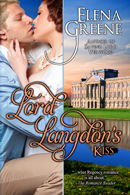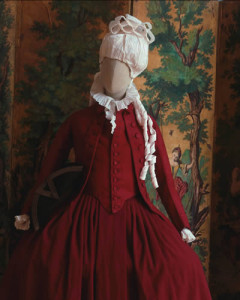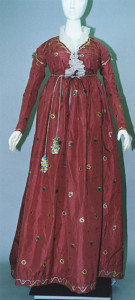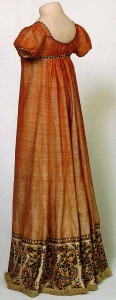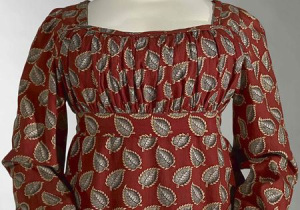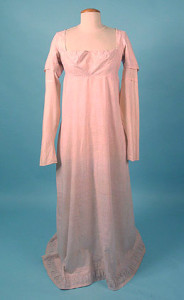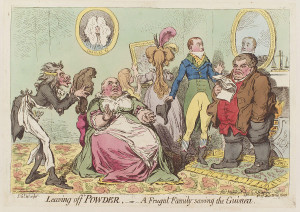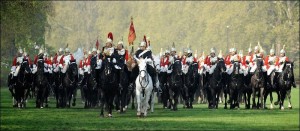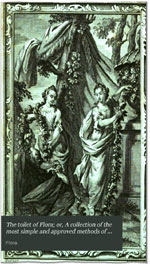Susanna’s blog post on Friday got me thinking about heroes. I, too, look for images of my heroes and I think the idea of looking at videos of actors is brilliant.
In 2006 I wrote a blog about Regency Heroes, where I pretty much gushed about my favorite type of Regency hero, the soldier, but there are other types which recur in Regency Historicals (including some I’ve written!)
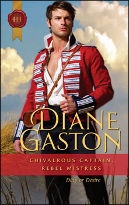 Soldiers.These are my favorite Regency heroes, who, of course, fought in the Napoleonic War, especially at Waterloo. They have strength and bravery. They also have damage from the war, some way the war affected them emotionally, like we talk about Post Traumatic Stress Disorder in soldiers today. Why should our soldiers be much different than Napoleonic War soldiers?
Soldiers.These are my favorite Regency heroes, who, of course, fought in the Napoleonic War, especially at Waterloo. They have strength and bravery. They also have damage from the war, some way the war affected them emotionally, like we talk about Post Traumatic Stress Disorder in soldiers today. Why should our soldiers be much different than Napoleonic War soldiers?
Dukes. Dukes in Regency romance, to me, are the “Harlequin Presents” heroes of their time. Harlequin Presents heroes are powerful, wealthy, commanding and seductive. They are used to having their own way–the quintessential Alpha hero. I haven’t written about a duke…yet.
 Rakes. We must not forget rakes, those bad boys who have disreputable reputations, but who also have a keen sense of integrity that is all their own. These heroes are fun to write about, which I certainly did in my RITA winner, A Reputable Rake.
Rakes. We must not forget rakes, those bad boys who have disreputable reputations, but who also have a keen sense of integrity that is all their own. These heroes are fun to write about, which I certainly did in my RITA winner, A Reputable Rake.
Corinthians. A Corinthian is a sporting man. In Regency romance he is the one who is a member of the Four-in-Hand club, meaning he drives his own carriages. He also might ride to hounds, spar with Gentleman Jack in the man’s boxing academy, or fence at Angelo’s fencing club in the same building.
 Impoverished Lords. I didn’t know any other way to describe this hero. He has a title or is heir to one or is the younger son, and he lacks money to support his estate or to simply support himself or, in the case of The Mysterious Miss M, support the woman he loves. For the sake of people this hero cares about, he must contemplate stooping to desperate measures.
Impoverished Lords. I didn’t know any other way to describe this hero. He has a title or is heir to one or is the younger son, and he lacks money to support his estate or to simply support himself or, in the case of The Mysterious Miss M, support the woman he loves. For the sake of people this hero cares about, he must contemplate stooping to desperate measures.
Of course, we often mix up our heroes, having impoverished lords who were soldiers, or dukes who are Corinthians. That’s part of the fun of it.
Can you think of any other Regency hero types? Which is your favorite?

